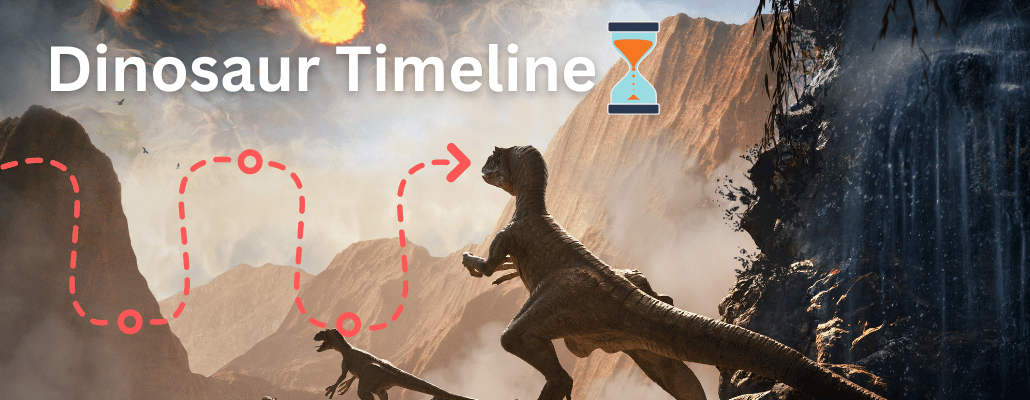Step back in time and embark on a journey through the incredible world of dinosaurs, with our simple but clear timeline. Uncover the fascinating history of these magnificent creatures, from their early beginnings in the Late Triassic Period to their dramatic end in the K-T Extinction Event.
This comprehensive dinosaur timeline presents an overview of key events and notable species that shaped the Mesozoic Era, also known as the “Age of Reptiles.” Each event in the timeline provides a snapshot of the different periods in which dinosaurs evolved, diversified, and ultimately disappeared.
Explore the lives of iconic dinosaurs like the mighty Tyrannosaurus Rex, the armored Stegosaurus, and the long-necked Brachiosaurus, and delve into the mysteries surrounding their extinction. Whether you’re a paleontology enthusiast, a curious student, or simply fascinated by the prehistoric world, this timeline offers a captivating and informative journey through the ancient realm of dinosaurs.
Late Triassic Period (230 million years ago)
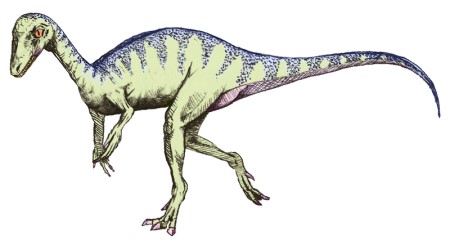
The first dinosaurs appear during the Late Triassic Period. Early examples include Eoraptor, a small bipedal carnivore that laid the groundwork for the massive diversification of dinosaurs in the following periods.
Early Jurassic Period (200 million years ago)
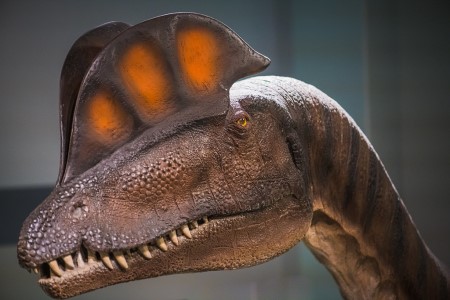
During the Early Jurassic Period, dinosaurs start to diversify. Dilophosaurus, a carnivorous theropod with a distinctive crest, is a notable example from this time.
Middle Jurassic Period (174 million years ago)
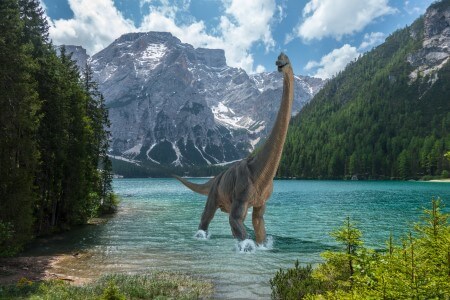
The Middle Jurassic Period sees the emergence of massive sauropods, such as Brachiosaurus, which are characterized by their long necks, enormous size, and herbivorous diet.
Late Jurassic Period (163 million years ago)
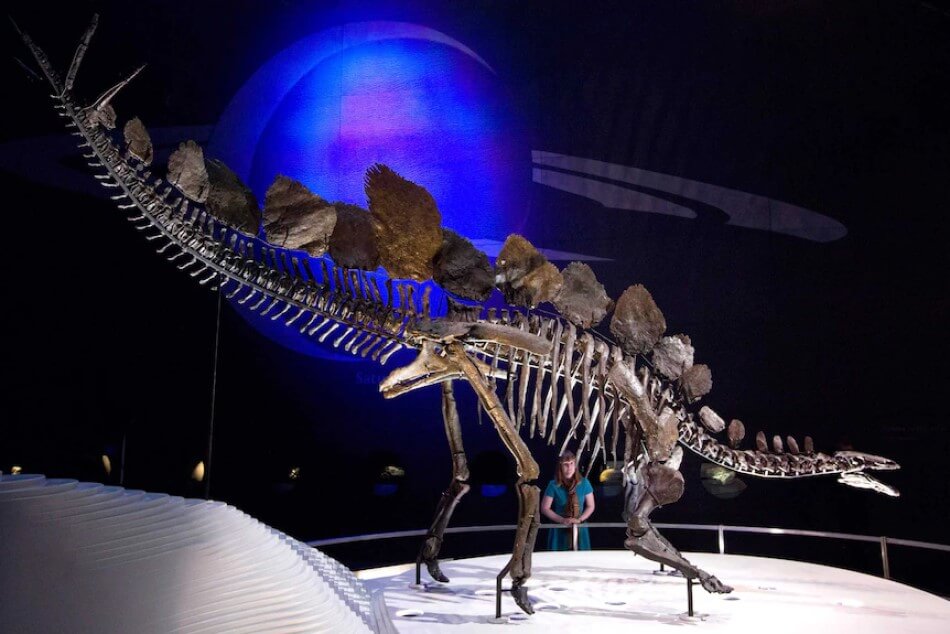
The Late Jurassic Period is home to some of the most iconic dinosaurs, such as Stegosaurus, a herbivorous dinosaur known for its distinctive plates along its back and spiked tail.
Early Cretaceous Period (145 million years ago)

The Early Cretaceous Period brings about the rise of spinosaurids, including Spinosaurus, a large carnivorous dinosaur characterized by its long, narrow snout and tall sail-like structure on its back.
Late Cretaceous Period (100 million years ago)
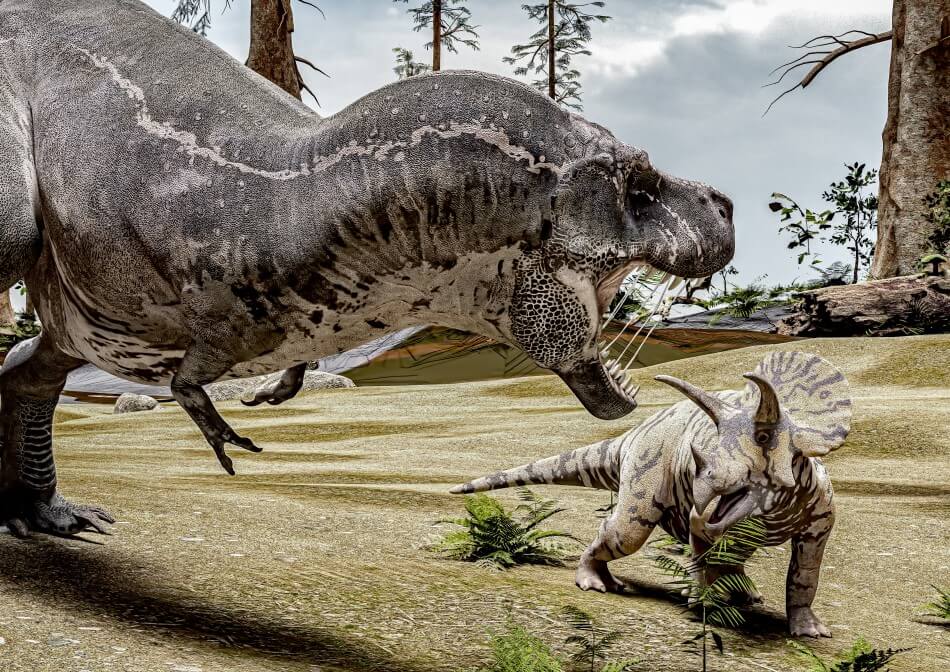
The Late Cretaceous Period is marked by a flourishing of diverse dinosaur species, such as the Triceratops, a horned and frilled herbivorous dinosaur that lived alongside the famous Tyrannosaurus Rex.
K-T Extinction Event (66 million years ago)
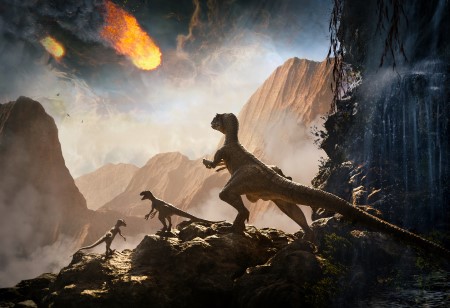
The K-T Extinction Event, also known as the Cretaceous-Tertiary Extinction Event, marks the end of the non-avian dinosaurs. The impact of a large asteroid and subsequent environmental changes led to the extinction of many species, including the mighty Tyrannosaurus Rex.
Dinosaur FAQs
What are the 4 dinosaur periods?
The four main periods of the dinosaur era are the Late Triassic, Early Jurassic, Late Jurassic, and Cretaceous periods.
When did the dinosaur era start and end?
The dinosaur era started around 230 million years ago during the Late Triassic period and ended around 66 million years ago at the end of the Cretaceous period.
Did man and dinosaurs exist at the same time?
Man and dinosaurs did not exist at the same time. Dinosaurs went extinct around 66 million years ago, while modern humans (Homo sapiens) emerged around 300,000 years ago.
How long did dinosaurs rule the earth?
Dinosaurs ruled the Earth for approximately 165 million years, from the Late Triassic period to the end of the Cretaceous period.
What killed off the dinosaurs?
The most widely accepted theory is that a massive asteroid impact, along with subsequent environmental changes such as volcanic activity, climate change, and the disruption of ecosystems, led to the extinction of the dinosaurs around 66 million years ago.
